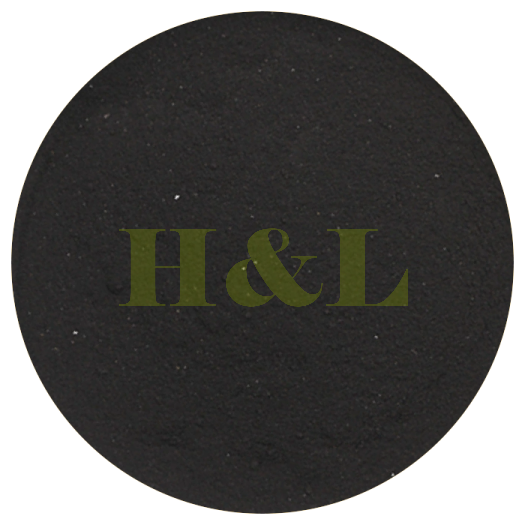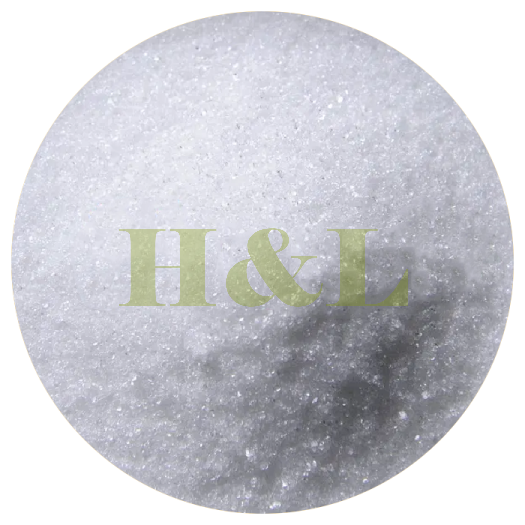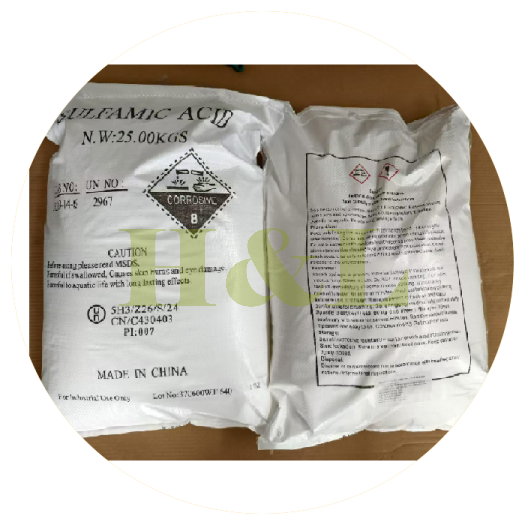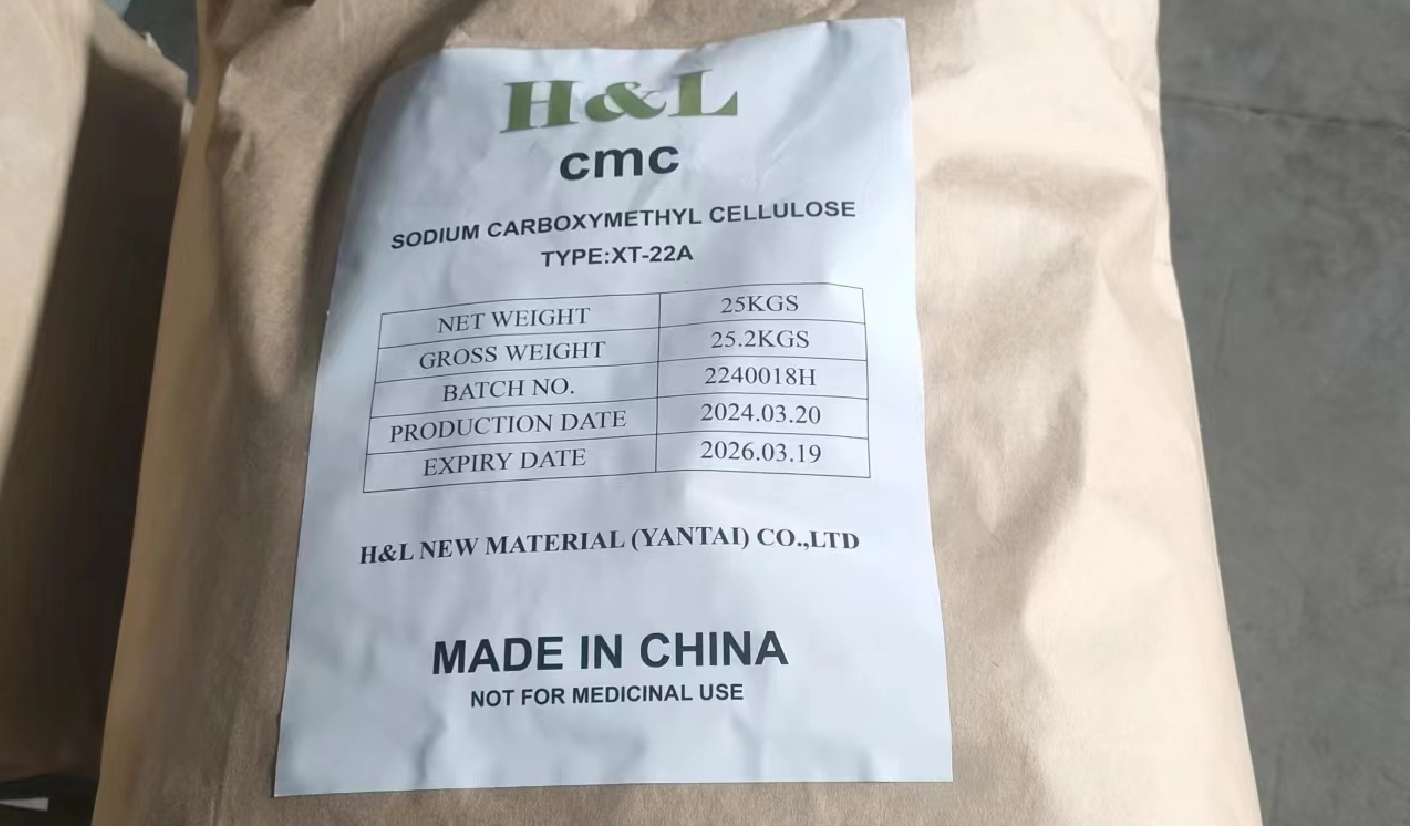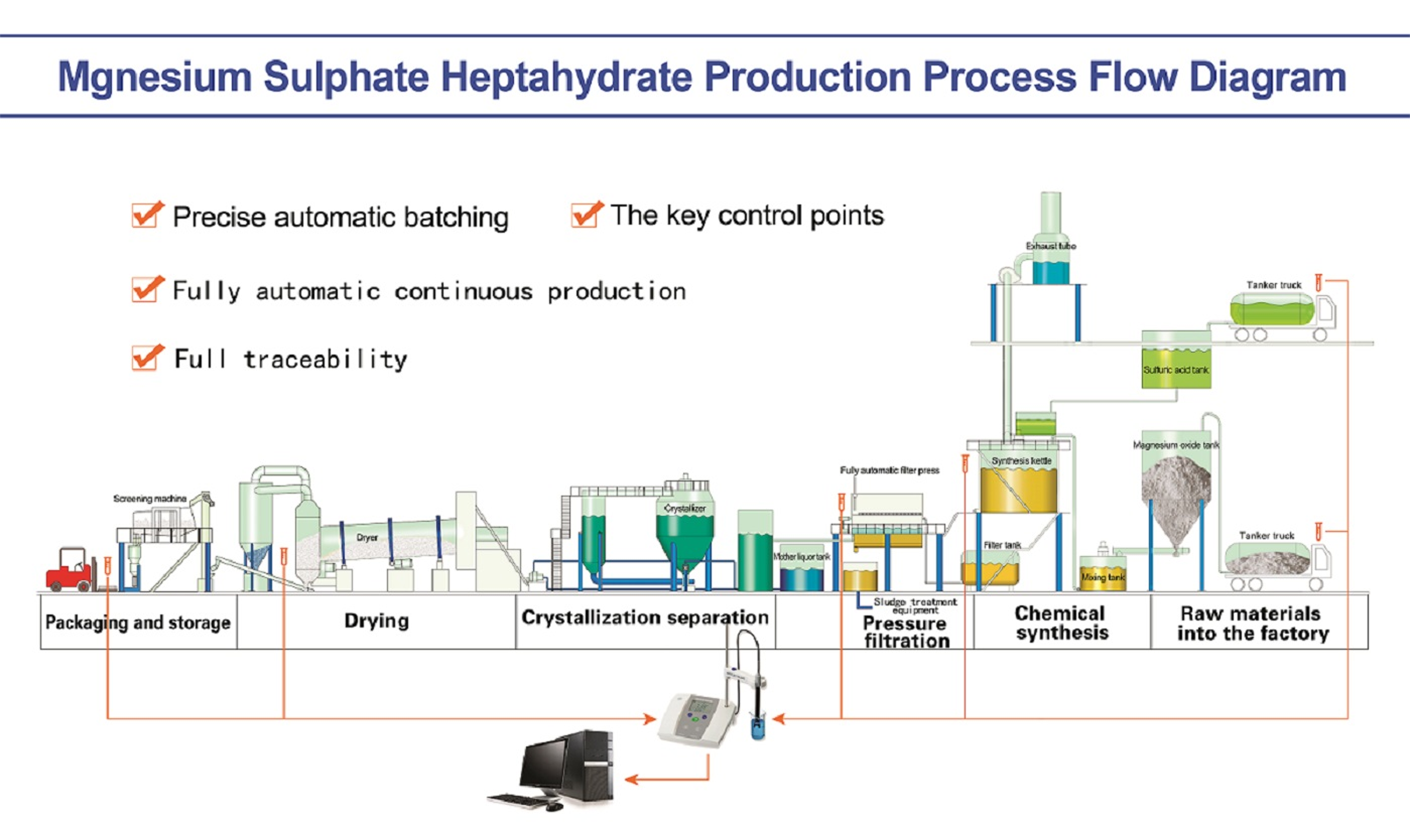Formic acid (chemical formula HCOOH) has a variety of industrial and agricultural applications due to its acidic and preservative properties. Here are some key uses:
### 1. **Agriculture**
- **Silage Preservation**: Formic acid is commonly used to preserve silage and other animal feed by inhibiting bacterial growth and preventing spoilage.
- **Pesticides**: It is used in beekeeping to control parasitic mites (such as Varroa mites) that infest bee colonies.
### 2. **Leather and Textile Industry**
- **Tanning**: In leather processing, formic acid helps in the tanning and dyeing processes. It assists in adjusting the pH of leather during the preparation stage.
- **Dye Fixation**: In the textile industry, it is used to fix dyes during the dyeing process.
### 3. **Chemical Synthesis**
- **Intermediate**: Formic acid acts as a raw material or intermediate in various chemical syntheses, such as the production of formates, which are salts used in certain industrial processes.
- **Reduction Reactions**: It is used in chemical reduction processes and as a reducing agent in organic chemistry.
### 4. **Rubber Industry**
- **Coagulation of Latex**: Formic acid is used to coagulate latex in rubber manufacturing, helping to solidify raw latex into a usable form.
### 5. **Cleaning and Descaling**
- **Descaling Agent**: Due to its acidic nature, formic acid is often used to clean and descale equipment, particularly in the dairy and brewing industries.
### 6. **Food Industry**
- **Preservative**: Formic acid is sometimes used as a food preservative due to its antibacterial properties. It can help in preserving freshness and preventing microbial growth.
### 7. **Pharmaceutical Industry**
- **Medicinal Uses**: Formic acid is sometimes used in pharmaceutical formulations for treating skin conditions or as a component in certain medications.
Overall, formic acid's versatility stems from its ability to act as an acid, preservative, and reducing agent, making it a valuable chemical in multiple industries.

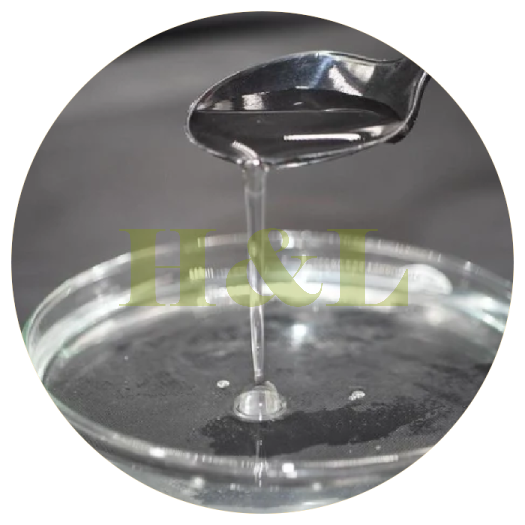
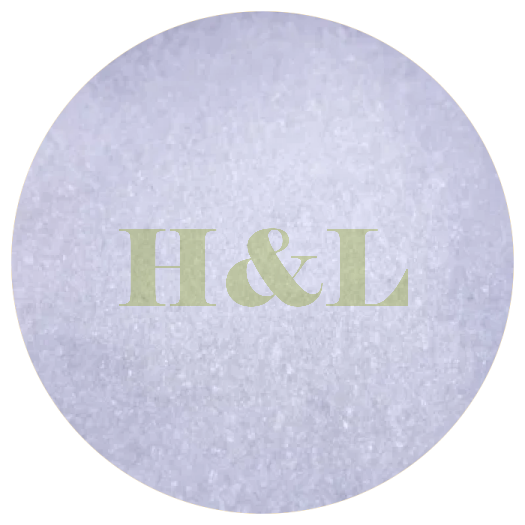
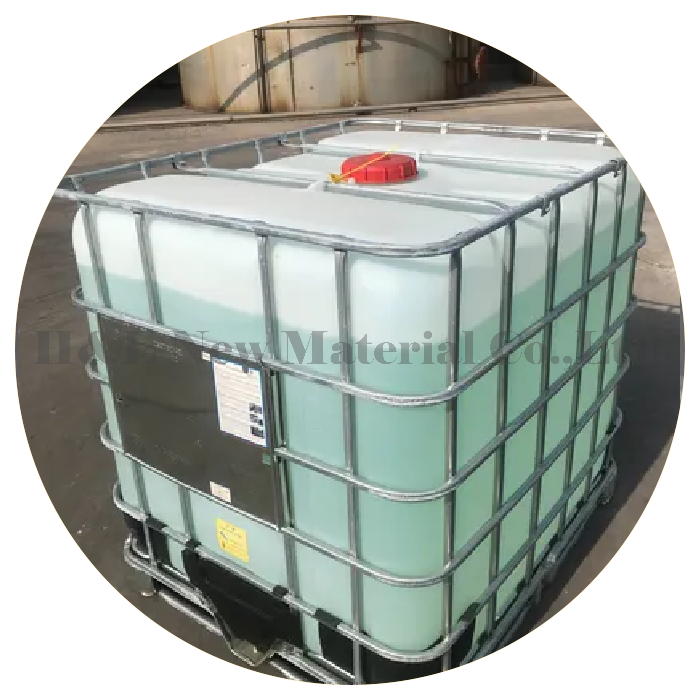
 Guarantee safe
Guarantee safe 